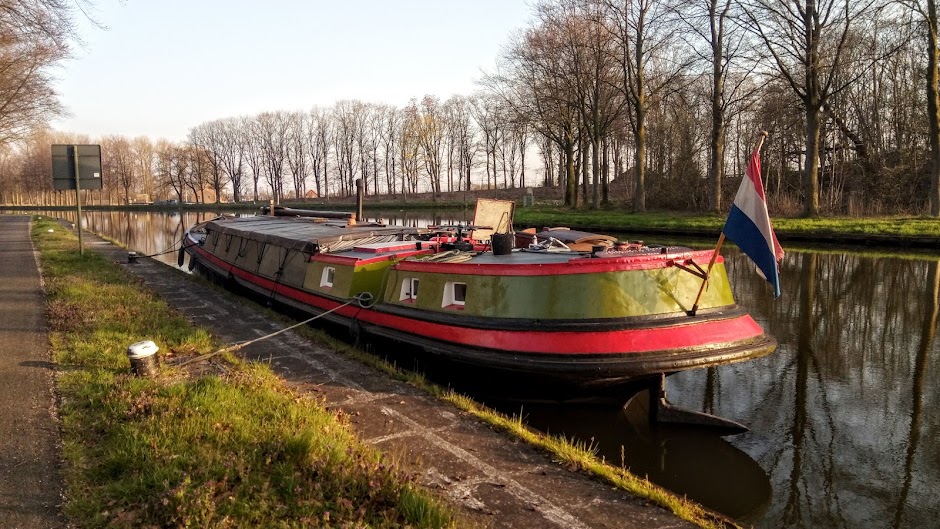The other day I was reading a blog post by a Facebook friend, Dvora Treisman, who lives in Spain. She was writing about the various festivals connected to Mary, mother of Jesus. I knew there were numerous virgin Mary churches and was aware from a marvellous book I read earlier this year that many spaniards have a deep attachment to their own district's madonna.
The blog and the book together have led me to ponder on the individual customs associated with religion in different countries and particularly in my own Netherlands. Now, most people perceive this country as being a progressive, secular, anything goes nation, and in many respects they'd be correct. Among other notable events, the Netherlands was the first to legalise same-sex marriage in 2001; it has long tolerated the use of cannabis and marijuana; and it was apparently the first to legalise euthanasia in 2002. However, in something of a paradox and to a noticeable degree, the country is still divided along religious lines. These days the distinctions are marked more by customs than church attendance, but for someone like me who grew up in the UK and never knew what religion anyone espoused it was a surprise to encounter them here.
The first thing I was made aware of was that the north of the country, including Zeeland in the west, is predominantly Protestant, while the south is mostly Catholic. The map has become more blurred in recent times but largely speaking the dividing line is still the same. The two maps below show the proportions in the 19th century and in 2015.
 |
| By I, Dimitri, The 1849 situation The green areas are Catholic |
 |
| The red/pink areas are predominantly Catholic: Downloaded from Quora: Sources from Statistics Netherlands (2016) |
Clearly, there has always been some overlap, but the situation hasn't changed all that much. Where I live in Zeeuws Vlaanderen (that narrow strip bottom left), we have quite a mixed scenario. Zeeuws Vlaanderen is part of Zeeland, which is traditionally Protestant, but the areas bordering Belgium and those closer to Antwerp are Catholic. This could, of course, be purely notional as the number of people attending church services has dropped substantially, but it's still prevalent in the local traditions.
One example is the celebration of Carnaval. Every February, Catholic towns and villages organise this three-day event with flamboyant floats, outrageous costumes and an emphasis on role reversal and social ridicule to prelude the start of Lent. If you like, it's the Dutch version of Mardi Gras, except the weather is usually awful, bitterly cold and painful grey (sorry).
In our disputed area, the towns and villages bordering Belgium are all Catholic, including our own, so we have carnaval here. Personally, I can't imagine anything more wretched than going out and following garishly coloured (but superbly constructed) floats in such horrible weather. However, it's hugely popular and widely supported. Ten kilometres up the road, we are in Zeeland proper and it's Protestant, so no carnaval...perish the thought.
 |
| Sourced from Wikipedia: Role reversal at carnaval is a common theme. |
 |
| Sourced from Wikipedia: 2013 Carnaval including social criticism |



